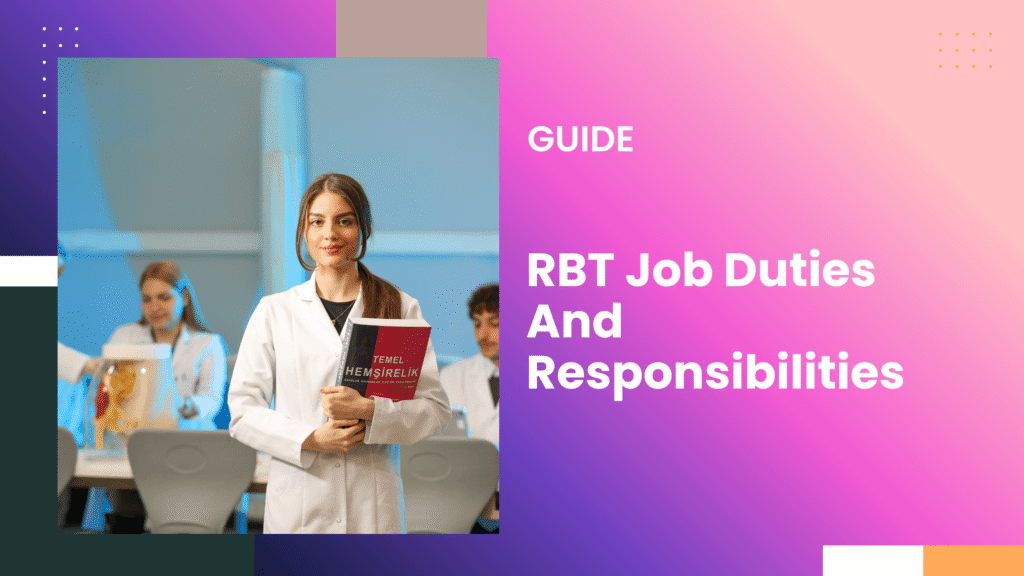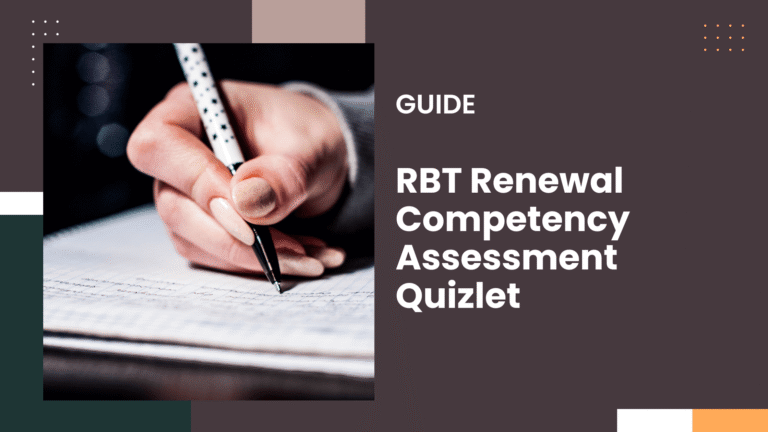What Are RBT Job Duties And Responsibilities (Plus Requirements)

Registered Behavior Technicians (RBTs) implement behavior‑analytic intervention and skill‑acquisition plans under BCBA supervision, collect detailed client progress data, assist clients in developing communication, social, self‑help, and daily‑living skills, help reduce challenging behaviors, and report findings to the supervising team.
Core Duties of a Registered Behavior Technician
Here’s where the rubber meets the road — implement, teach, collect, and document. (Simple, practical, ready-to-use.)
Core Responsibilities
-
Follow the PlanYou implement the treatment plan developed by your supervising BCBA. Do not alter procedures without approval.
-
Teach New SkillsGuide clients through communication, social, and daily living skills using ABA strategies and supervisor protocols.
-
Use Behavior StrategiesApply reinforcement techniques to increase positive behaviors and reduce problem behaviors — always follow the plan.
-
Collect Accurate DataRecord target behaviors and responses during each session. Supervisors rely on your data to make adjustments.
-
Maintain DocumentationKeep session notes, data sheets, and reports complete and accurate.
-
Stay ProfessionalArrive prepared, accept feedback, act ethically, and protect client dignity and confidentiality.
Daily Duties — Quick Snapshot
Review the client’s goals for the day
Run therapy sessions (home, school, or clinic)
Teach through play, structured activities, or natural routines
Record every target behavior and response
Communicate progress with your BCBA and caregivers
Complete clear, detailed session notes
Quick Reminders
Ask when unsure: consult your BCBA.
Confidentiality: follow HIPAA or agency rules.
Helpful Tools
Session templates (ABC, frequency/duration sheets), labeled reinforcers, timers, and quick-access materials speed data collection and keep sessions consistent.
No two days are identical — consistency in these practices keeps sessions effective and safe. ✅
Who Is a Registered Behavior Technician (RBT)?
If you’ve ever wondered, “What does an RBT actually do?” you’re in the right place.
An RBT (Registered Behavior Technician) is a certified paraprofessional in Applied Behavior Analysis (ABA).
Think of them as the hands-on support working directly with clients under a supervisor’s guidance.
By the way, don’t confuse them with BACB, as RBTs don’t create treatment plans; that’s the BCBA’s job, but they bring those plans to life in real-world settings.
How Do You Become an RBT?
| Step | Description |
|---|---|
| 1. Meet Eligibility Requirements | Must be at least 18 years old, have a high school diploma or equivalent, and pass a background check. |
| 2. Complete 40-Hour RBT Training | Take a BACB-approved 40-hour training course (can be online or in person). |
| 3. Pass Competency Assessment | Complete the initial competency assessment with a qualified BCBA or BCaBA supervisor. |
| 4. Apply to the BACB | Submit your application to the BACB with all required documentation and fees. |
| 5. Pass the RBT Exam | Schedule and pass the official RBT exam through Pearson VUE testing centers. |
| 6. Maintain Certification | Receive ongoing supervision, complete renewal requirements annually, and adhere to the RBT Ethics Code. |
Where Do RBTs Work?
Unlike regular beliefs, they are not stuck in one setting.
RBTs can work in many places, such as:
- Homes: One-on-one therapy in familiar environments.
- Clinics: Structured sessions with multiple clients.
- Schools: Supporting students with IEP goals.
- Community Programs: Helping clients generalize skills in real life.
- Hospitals or Residential Centers: Assisting individuals with higher needs.
Who Do You Report To?
The things about RBTs are that they don’t have free will to make up as they go.
They need to always follow the rules and always remember, you’re never on your own.
Every RBT works under supervision.
Here’s who you collaborate with:
- BCBA (Board Certified Behavior Analyst): Designs the plan and checks your work.
- BCaBA (Assistant Behavior Analyst): May supervise if allowed.
- Parents and Caregivers: You’ll often model strategies and provide updates.
- Other Professionals: Teachers, therapists, and sometimes medical staff.
Ethics and Legal Standards You Can’t Ignore
Here’s the part you can’t skip: RBTs follow strict ethics. The BACB’s RBT Ethics Code lays out the rules. A few big ones:
- Do Only What You’re Trained For: Never wing it.
- Document Everything: Accurate records aren’t negotiable.
- Respect Privacy: No sharing client info, especially online.
- Follow Supervision: If you hit a problem, go straight to your BCBA.
- Know the Laws: Mandatory reporting, confidentiality (like HIPAA), and state rules all apply.
Your scope is clear: implement plans, collect data, and maintain ethical standards.






